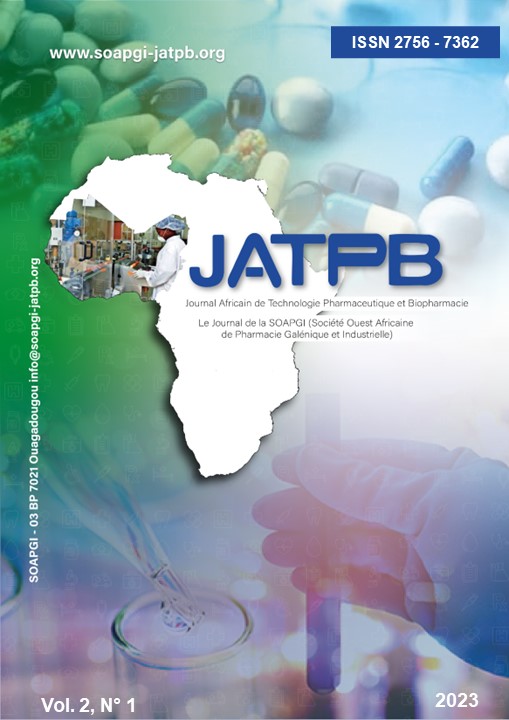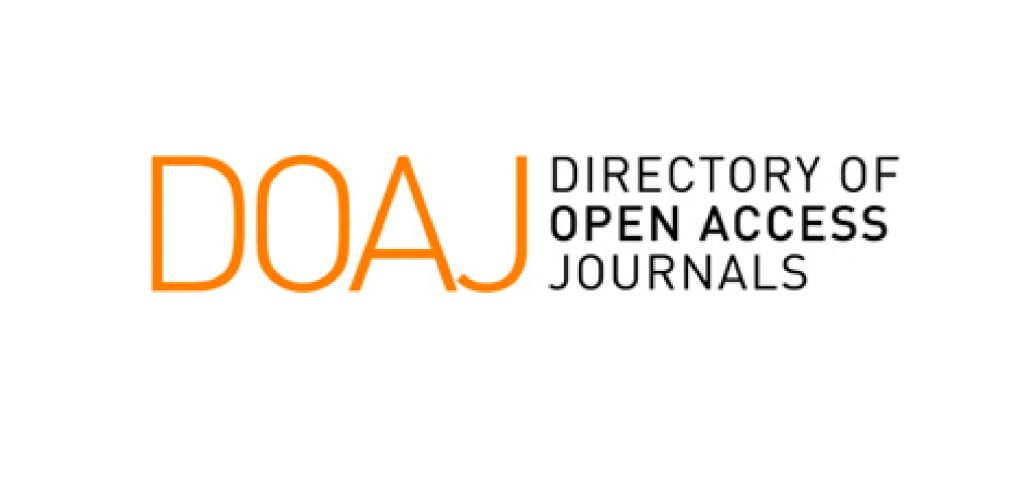In vitro evaluation of the antiproliferative activity of a cream based on shea butter and honey for the management of cancerous wounds
DOI:
https://doi.org/10.57220/jatpb.v2i1.44Keywords:
shea butter – honey – antiproliferative activity – cancerous woundsAbstract
Some types of cancer cause cancerous wound (PC), inevitably creating discomfort for patients and their caregivers. Hence the need to search for endogenous solutions for their treatment in our countries. Indeed, honey, in addition to its known pharmacological properties, has a selective cytotoxicity capable of blocking the stages of initiation, proliferation and progression in carcinogenesis. Therefore, it seems appropriate to consider shea butter/honey (BkM) cream as an alternative to Efudix 5% cream (EF) in the treatment of PCs. Thus, the main objective of the present study is to evaluate in vitro the antiproliferative activity of BkM, EF and honey on cancer cells HeLa from cervical cancer and Du145 from prostate cancer using the colorimetric MTT assay method. Preliminary results indicate a decrease in cell viability as a function of BkM concentration (mg/mL), from 89.17% to 3.39% of HeLa and from 77.06% to 0.13% of Du145; EF, 64.62% to 11.97% of HeLa and 68.57% to 10.97% of Du145 in the range of 0.005 mg/mL to 15 mg/mL. In light of these in vitro results, indicating superiority of the antiproliferative activity of BkM compared to that of EF and honey with the availability, affordability and safety of honey and Bk, BkM may be a surrogate for EF in the treatment of PCs.
Downloads
Downloads
Published
How to Cite
Issue
Section
License
Copyright (c) 2023 Luc Zongo, Bagora Bayala, Charles Bavouma Sombié, Safiatou Traoré, Jacques Simporé , Rasmané Semdé

This work is licensed under a Creative Commons Attribution 4.0 International License.






